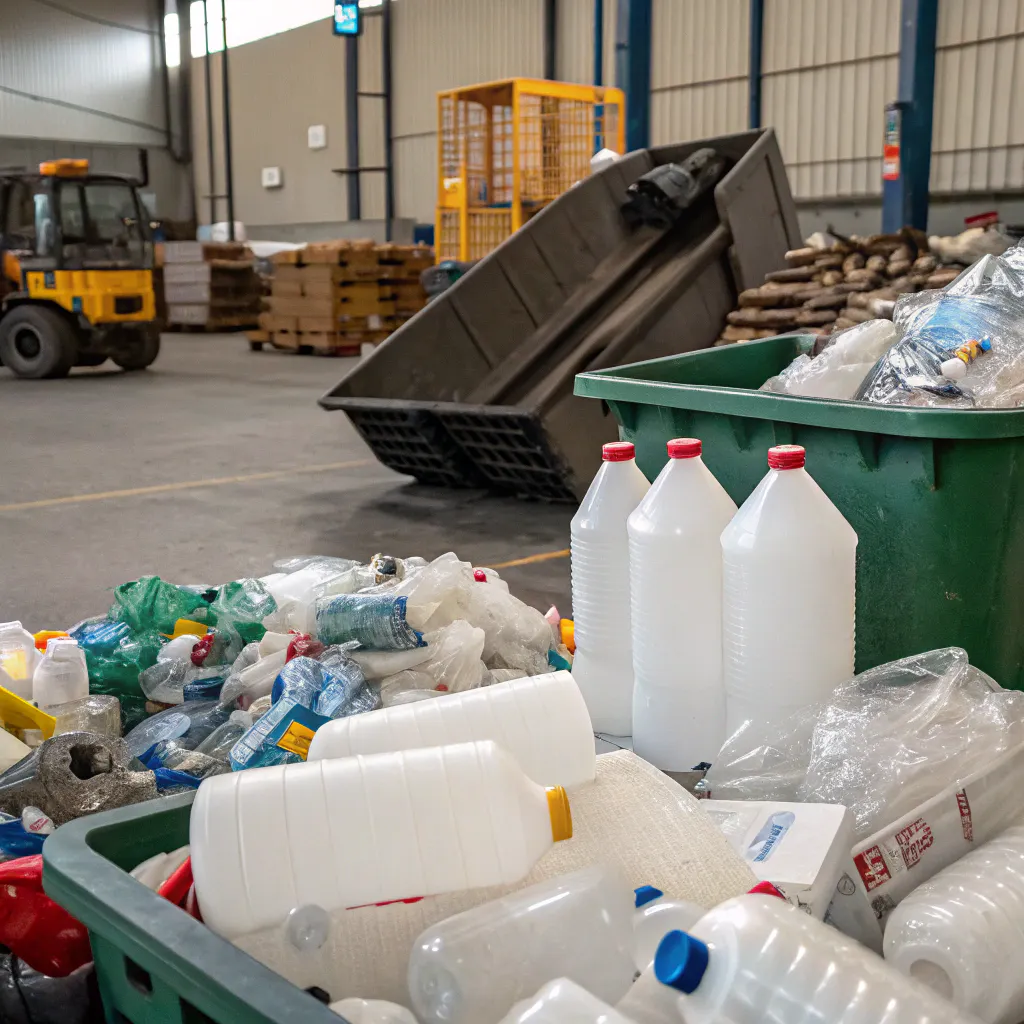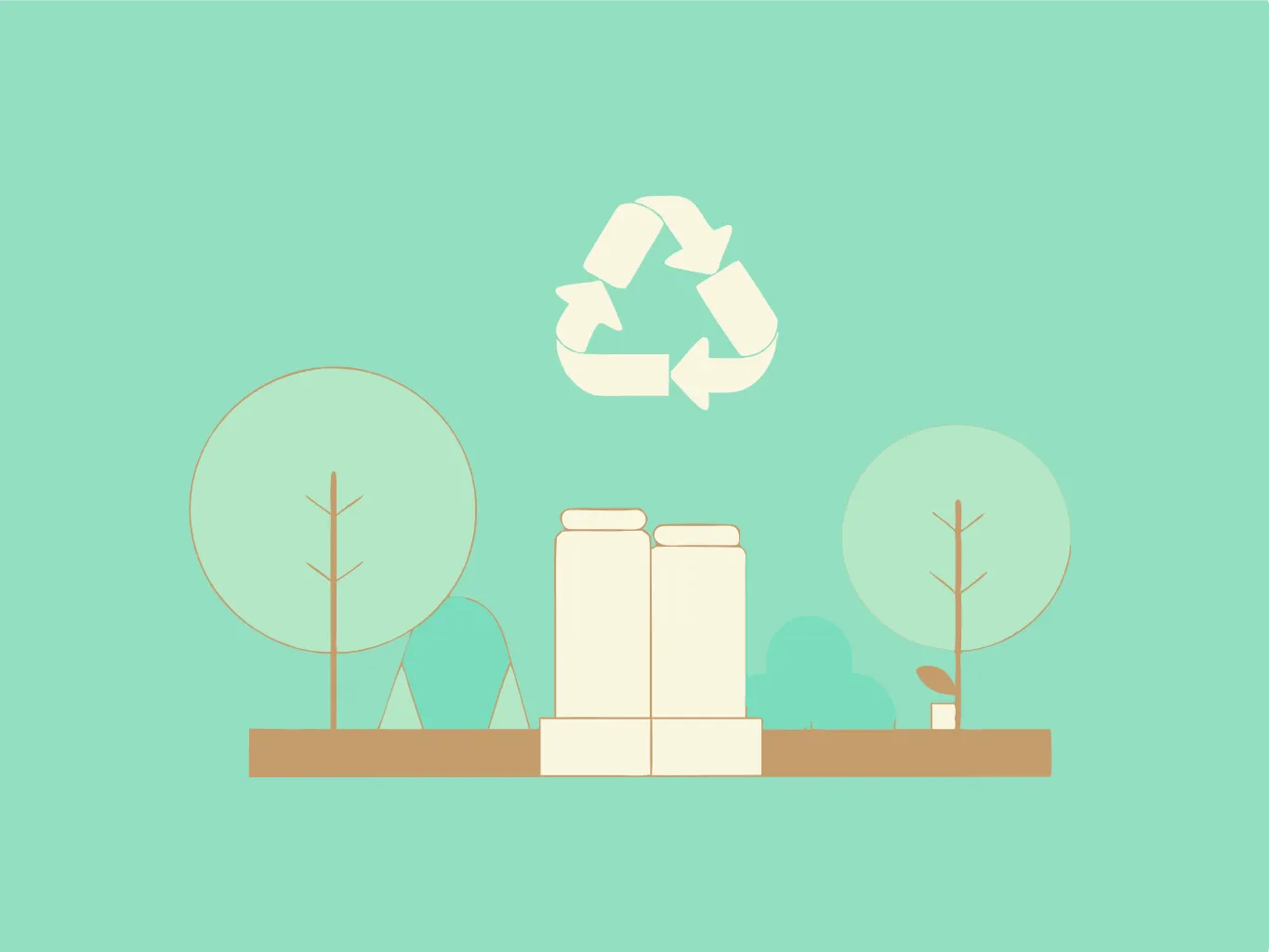Kruti strojevi za recikliranje igraju ključnu ulogu u obradi i ponovnoj upotrebi materijala koje je često teško reciklirati. Ovi strojevi učinkovito obrađuju krutu plastiku poput PVC-a, HDPE-a i PP-a, pretvarajući otpad u vrijedne sirovine. Njihova svestranost čini ih nezamjenjivima u raznim industrijama, potičući napore u pogledu održivosti i smanjenja troškova. U ovom ćemo članku istražiti napredne primjene krutih strojeva za recikliranje u više sektora, ističući njihov značaj i tehnologiju koja stoji iza njih.
Što je kruti stroj za recikliranje?
Kruti stroj za recikliranje dizajniran je za obradu krutog plastičnog otpada—plastike koja se ne savija niti savija lako, poput PVC-a, HDPE-a i PP-a. Ovi strojevi često uključuju više faza, uključujući usitnjavanje, pranje i sušenje, kako bi se otpad pripremio za ponovnu upotrebu. Njihova primarna funkcija je razbijanje velikog plastičnog otpada na manje dijelove kojima se lakše upravlja, što omogućuje lakše rukovanje, čišćenje i ponovnu obradu.
Zašto su kruti strojevi za recikliranje ključni u svim industrijama
Potreba za učinkovitim recikliranjem plastike raste, posebice s globalnim poticanjem održivih praksi gospodarenja otpadom. Čvrsta plastika spada među najzahtjevnije materijale za recikliranje, ali strojevi za krutu reciklažu pružaju tehnologiju potrebnu za učinkovitu obradu ovih materijala.
Ovi strojevi pomažu industrijama smanjiti plastični otpad, minimizirati utjecaj na okoliš i oporaviti vrijedne sirovine. Oni također doprinose kružnom gospodarstvu, gdje se materijali ponovno koriste umjesto da završe na odlagalištima. Osim toga, napredak u tehnologiji učinio je krute strojeve za recikliranje učinkovitijima, sposobnima za obradu različitih vrsta otpada s većim kapacitetima.
Napredne primjene u automobilskoj industriji
Automobilska industrija sve više usvaja krute strojeve za recikliranje za upravljanje otpadom koji nastaje tijekom proizvodnje i otpadnih vozila. Mnogi dijelovi automobila, kao što su branici, ploče s instrumentima i ukrasne komponente, izrađeni su od krute plastike kao što su PP i PVC. Korištenjem strojeva za recikliranje, proizvođači mogu oporabiti i ponovno upotrijebiti te materijale, smanjujući i otpad i potrebu za čistom plastikom.
Ključna primjena je recikliranje plastičnih dijelova iz rashodovanih vozila. Koristeći sjeckalice s dvostrukom osovinom, ovi strojevi usitnjavaju velike plastične komponente na manje komade. Zatim se procesima pranja i sušenja otpad čisti, što ga čini prikladnim za ponovnu upotrebu u proizvodnji novih automobilskih dijelova.
U industriji ambalaže
Industrija pakiranja stvara velike količine krutog plastičnog otpada, poput boca, spremnika i ladica izrađenih od materijala kao što su PET, HDPE i PVC. Kruti strojevi za recikliranje pomažu u obradi ovih materijala, pretvarajući ih u visokokvalitetnu recikliranu smolu. Ova se smola može koristiti za proizvodnju novih materijala za pakiranje, čime se smanjuje ovisnost industrije o čistoj plastici.
Na primjer, kruti stroj za recikliranje opremljen linijom za pranje plastike može ukloniti kontaminante iz plastičnog otpada, što ga čini prikladnim za stvaranje novih proizvoda. Ovaj je postupak posebno koristan za recikliranje folija i boca, koje su uobičajene u ambalaži robe široke potrošnje.

Uloga u graditeljstvu i visokogradnji
Građevinski sektor također ima koristi od krutih strojeva za recikliranje. Mnogi građevinski materijali, uključujući cijevi, priključke i izolaciju, izrađeni su od krute plastike poput PVC-a. Budući da građevinski otpad često sadrži velike količine plastike, recikliranje tih materijala smanjuje opterećenje odlagališta i pomaže smanjiti ugljični otisak industrije.
Kruti strojevi za recikliranje razgrađuju građevinski otpad, čiste i obrađuju materijale za ponovnu upotrebu u novim građevinskim projektima. To može uključivati proizvode od reciklirane plastike koji se koriste u uređenju okoliša, izgradnji cesta, pa čak i proizvodnji novih plastičnih komponenti za građevinsku industriju.

Utjecaj na recikliranje e-otpada
Elektronički otpad (e-otpad) još je jedno područje u kojem se kruti strojevi za recikliranje pokazuju vrijednima. Mnogi elektronički proizvodi, poput računala, televizora i mobilnih telefona, sadrže kućište od čvrste plastike. Strojevi za recikliranje mogu preraditi ovu plastiku, pomažući u oporabi vrijednih metala i drugih komponenti, a istovremeno smanjuju utjecaj e-otpada na okoliš.
Strojevi su sposobni rukovati velikim količinama e-otpada, usitnjavajući plastična kućišta na manje dijelove i odvajajući metale putem magnetske separacije. To čini proces recikliranja učinkovitijim i učinkovitijim u izdvajanju materijala koji se mogu ponovno koristiti.

Poboljšanje učinkovitosti krutih strojeva za recikliranje
Nedavni napredak u krutim strojevima za recikliranje usmjeren je na poboljšanje učinkovitosti i povećanje propusnosti. Na primjer, integracija pametne tehnologije omogućuje automatizirano sortiranje i čišćenje, smanjujući potrebu za ručnim radom i povećavajući brzinu obrade.
Uz to, sve su češći hibridni sustavi koji kombiniraju mehaničko usitnjavanje s toplinskim ili kemijskim procesima. Ovi sustavi učinkovitije razgrađuju plastiku, vraćajući veći postotak iskoristivog materijala. Uvođenje visokoučinkovitih linija za pranje i specijaliziranih sustava za sušenje također osigurava da je konačni reciklirani materijal čist i spreman za ponovnu upotrebu u procesu proizvodnje.
Na primjer, a linija za pranje krute plastike za PP, HDPE i PVC je dizajniran za rukovanje raznim vrstama krute plastike, osiguravajući da su temeljito očišćene i spremne za sljedeću fazu obrade. Više o takvoj tehnologiji možete saznati na Energycle linija za pranje krute plastike za PP, HDPE i PVC.
Zaključak
Kruti strojevi za recikliranje postali su sastavni dio gospodarenja otpadom u više industrija. Njihova sposobnost obrade materijala koje je teško reciklirati poput PVC-a, HDPE-a i PP-a omogućuje tvrtkama da povrate vrijedne sirovine, smanje njihov utjecaj na okoliš i podrže kružno gospodarstvo. Kako se tehnologija bude razvijala, ovi će strojevi postati još učinkovitiji, rukovat će većim količinama otpada i proizvoditi kvalitetnije reciklirane materijale. Iskorištavanjem napredne krute tehnologije recikliranja, industrije mogu ispuniti svoje ciljeve održivosti uz smanjenje troškova i poboljšanje ukupne ekološke učinkovitosti.



